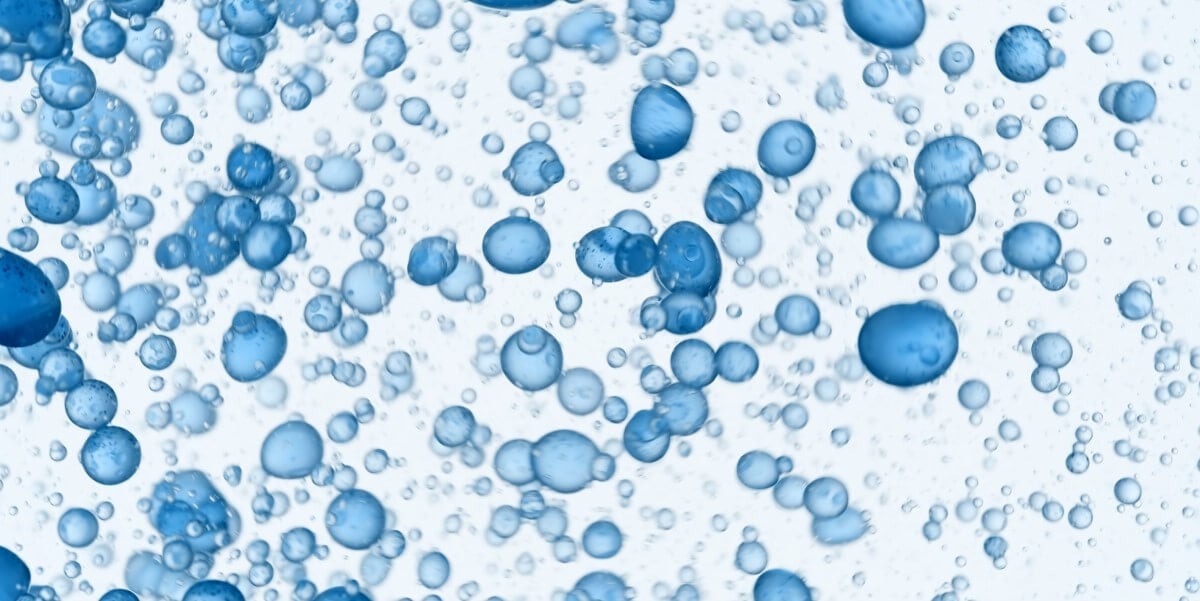How to maintain swimming pool water quality and chemistry
Maintaining high levels of swimming pool water quality is key for ensuring the pool is safe for swimming. If the pool water is left untreated, harmful bacteria such as E.coli, Salmonella and Legionella can accumulate, presenting a serious risk to human health.
In order to maintain the water quality, the water chemistry has to be kept balanced. In this blog post, we explore how.
The use of chlorine
Chlorine is the most popular treatment for keeping swimming pool water chemistry balanced because it's highly effective and relatively low cost. Other disinfectants include bromine, ozone, and ultraviolet (UV) radiation.
When chlorine is added to swimming pools, it dissolves and forms a weak acid called hypochlorous acid (HOCI), and then combines with oxygen to form hypochlorite (CIO). Together, these chemicals form free chlorine - i.e. the chlorine that’s available to sanitise your pool.
Chlorine can then break down the cell walls of microorganisms such as bacteria and algae. It then oxidises them, in other words, it enters the molecules of the microorganisms and destroys them from the inside out, killing or deactivating them.
Chlorine can be added to pool water in several ways, including liquids, tablets and granules. Liquids can simply be poured into the water. Tablets can be added to a chlorine dispenser, in the pool’s swimmer basket or to an automatic chlorinator. Granules can be pumped directly into the pool water where they dissolve and are then distributed by the pool’s filtration system.
Monitoring chlorine demand
Swimming pool water quality can be determined by monitoring the value of chlorine demand. Chlorine demand refers to the difference between the amount of chlorine added to pool water and the amount of residual chlorine that remains after a given contact time.
If the value is zero, the water is free of pathogenic microorganisms. If the value is less than the total chlorine, it shows the amount of chlorine added to the water was sufficient.
Shocking
Shocking, also known as ‘super chlorination’, is a process of adding more chlorine to the swimming pool to quickly raise the levels of chlorine in the water. It is used to kill bacteria and algae that regular chlorination might miss.
Swimming pools should be shocked at least once a week to bring chlorine levels up to 40% of the cyanuric acid level. Cyanuric acid plays a key role in stabilising chlorine in swimming pools. It binds to free chlorine and releases it slowly, extending the time needed to deplete each dose of chlorine sanitiser.
Chemical factors to know
Some of the main factors that influence swimming pool water chemistry include pH, alkalinity and calcium hardness.
pH
pH refers to the acidity of the water. When the pH is too high, the water is not acidic enough. When it’s too low, it’s too acidic. Recommended levels are between 7.4 and 7.6. Anything outside of this range can irritate swimmers’ skin and eyes, as well as prevent bacteria from being killed off effectively.
If the pH is too low, it can also cause metal fixtures to erode. If it’s too high, it could cause scaling on the surface and plumbing.
Alkalinity
Alkalinity acts as a buffer, helping to regulate the factors that can throw your pH levels out of whack. Recommended levels are between 100 and 150ppm.
Calcium hardness
Calcium hardness helps keep your water clean. If it’s too low, the water becomes too soft and it can feel slimy. If it’s too high, the water becomes too hard and will become cloudy. It can also cause scaly deposits to build up on plumbing and filters. Recommended levels are between 150 and 400ppm.
Water temperature
Heat can impact your pool water chemistry as the temperature has a direct effect on chlorine breakdown. The lower the temperature, the harder it is for chlorine to act as an effective disinfectant. On the other hand, if the water temperature is too high, it can lead to scaling. Recommended temperature is between 26°C to 30°C.
Handling and storage of chemicals
Swimming pool water chemicals can be dangerous to humans if not properly handled. It’s therefore imperative to follow the manufacturer’s directions at all times and to learn about the dangers of certain substances.
When it comes to storage, all swimming pool water chemicals should be stored in a dry place away from direct sunlight. Containers should be covered tightly and different chemicals stored separately.
Active management of your swimming pool is key. By maintaining excellent swimming pool water quality and chemistry, operators can ensure their pools are safe for swimming and provide a better visitor experience.
Topics: Water Treatment & Hygiene, Swimming Pools

Written by Jon Greaves
Jon has progressively worked through operational roles, account management, technical management, and senior management roles over the last 16 years within one of the group companies before moving into the role of Water and Air Managing Director. Jon has experience across multiple sectors of water and air compliance, including district energy networks; data centres; healthcare; food and beverage and facilities management. Jon acted as a corresponding steering committee member on CIBSE CP1 – Heat Networks Code of Practice for the UK released in 2020.



